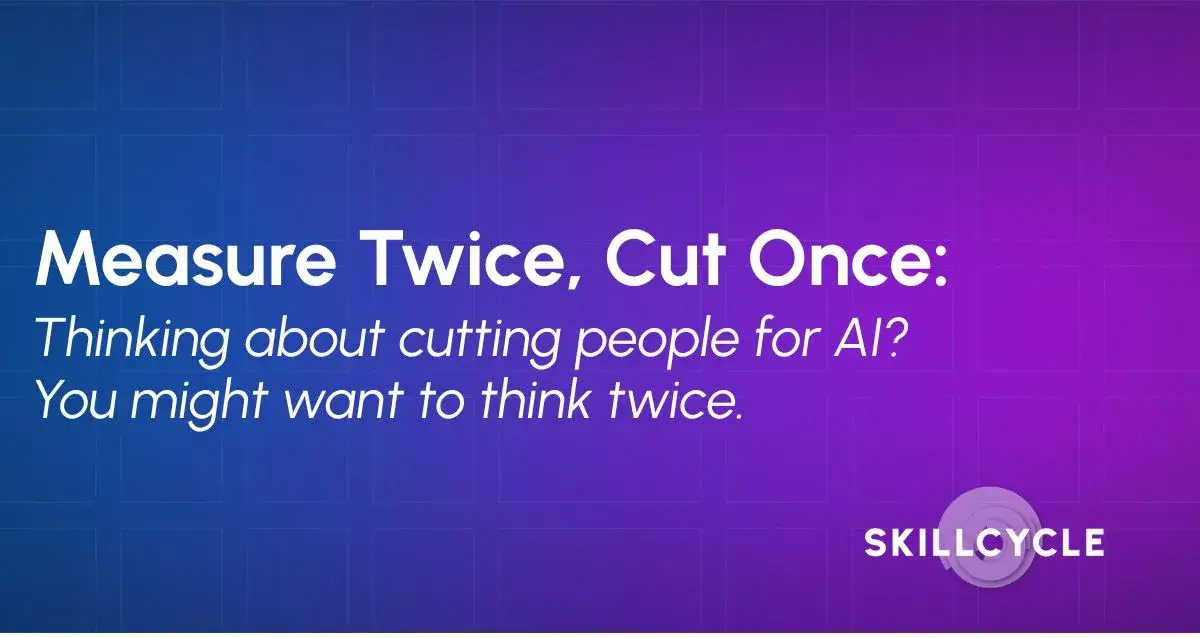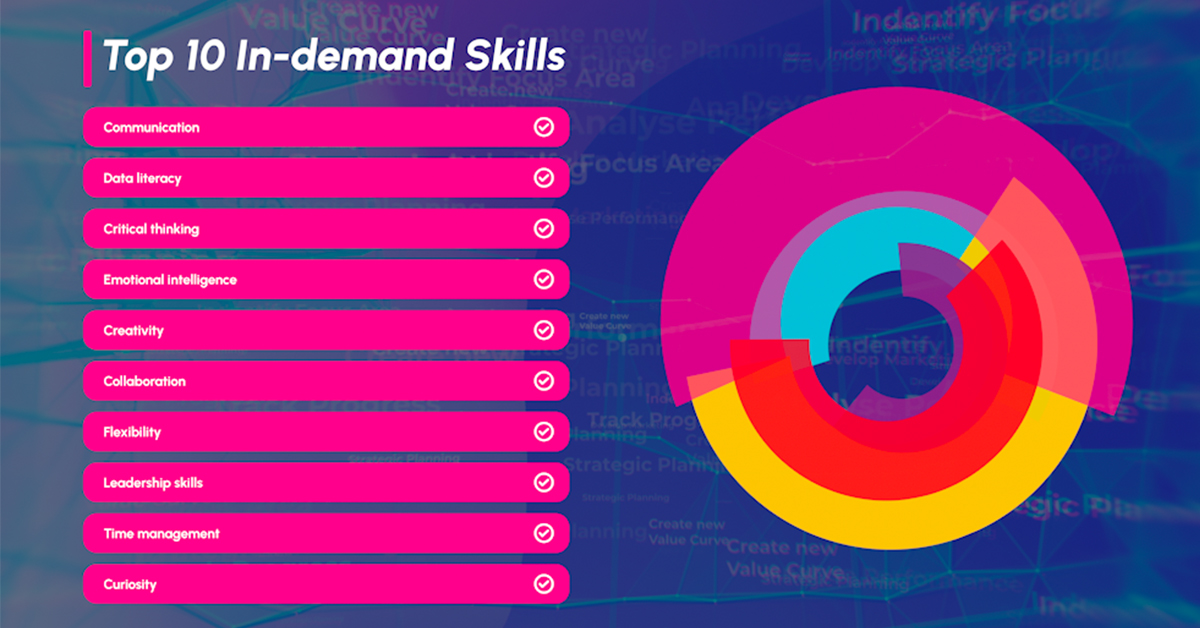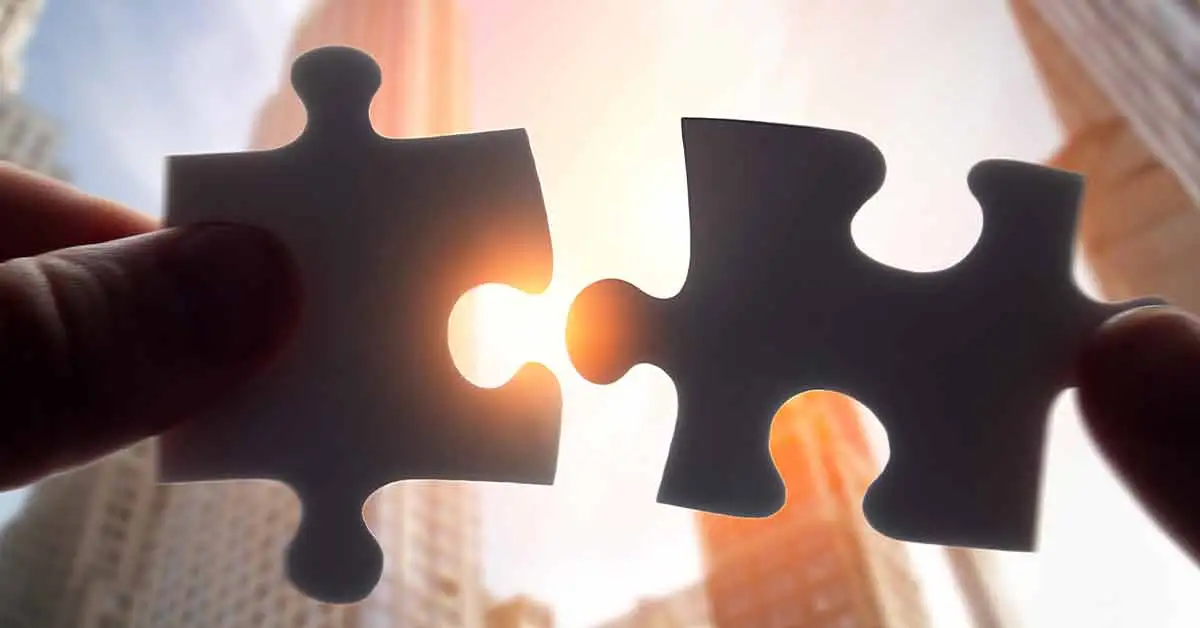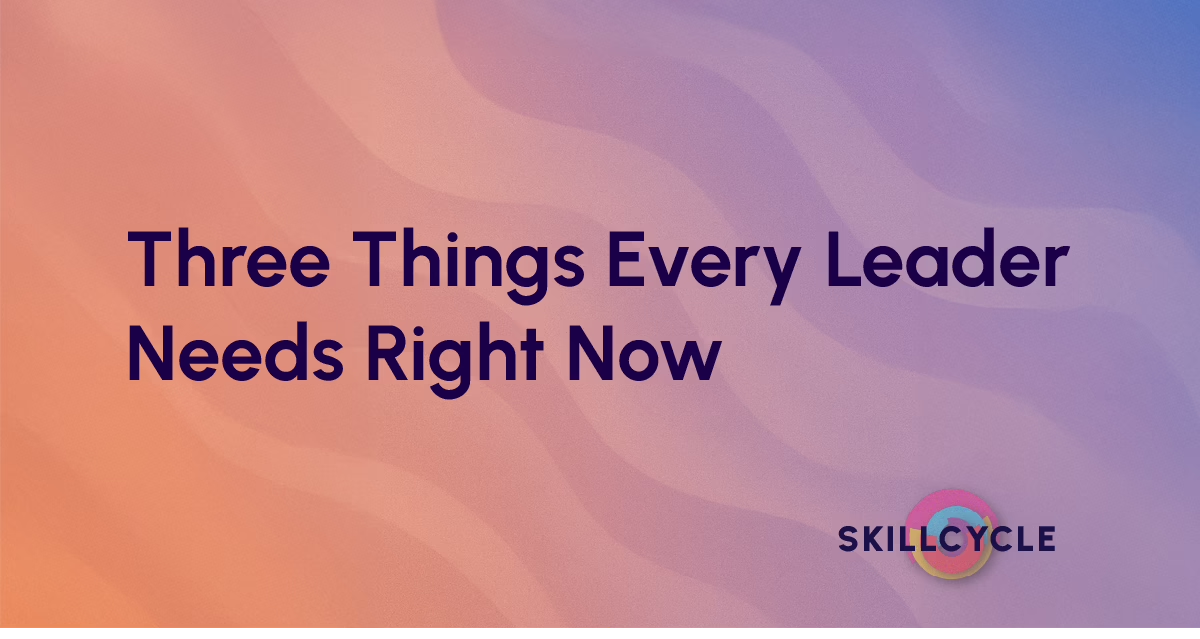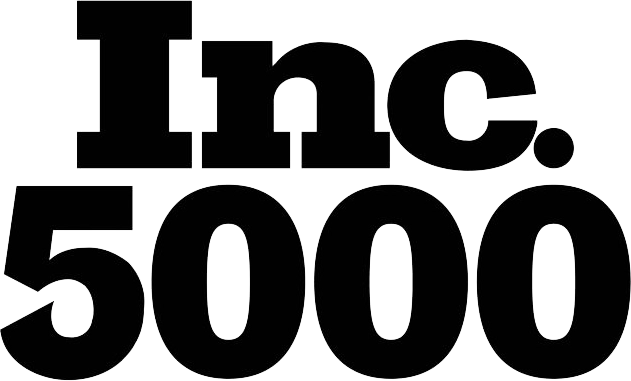
Finding a Balance: Technical Skills vs Soft Skills in the Workplace
Embracing a focus on skills can enhance your company’s adaptability to market changes and innovation. Yet, many employers struggle to balance technical skills vs. soft skills as they develop their teams and recruit new hires.




